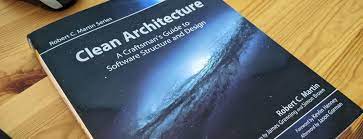
The Clean Architecture book
Clean Architecture, written by Robert Martin (also known as “Uncle Bob”), is a software design philosophy that aims to create maintainable and scalable software systems. The book presents a set of principles and practices for organizing code in a way that separates business logic from infrastructure concerns, allowing for easier testing, modification, and extension of the system. In this list, we will discuss 10 key takeaways from the book that outline the core ideas behind Clean Architecture and how it can be applied to software development projects.
-
The primary goal of software architecture is to minimize the human resources required to build and maintain the required system.
-
A software system should be decomposed into a series of loosely-coupled components.
-
The dependencies between components should always point inwards, towards the center of the system.
-
The outer layers of a system should depend on the abstractions defined in the inner layers, rather than on the concrete implementations of those abstractions.
-
Each layer of a system should have a single, well-defined responsibility.
-
The separation of concerns within a system should be reflected in its physical structure.
-
The use of abstractions and encapsulation can help to minimize the impact of change on a system.
-
The use of interfaces and abstract classes can help to decouple components and make them more flexible and reusable.
-
The SOLID principles (Single Responsibility, Open-Closed, Liskov Substitution, Interface Segregation, and Dependency Inversion) can help to guide the design of a system towards greater flexibility and maintainability.
-
The architecture of a system should be guided by the requirements and constraints of the problem domain, rather than by the details of any particular implementation.